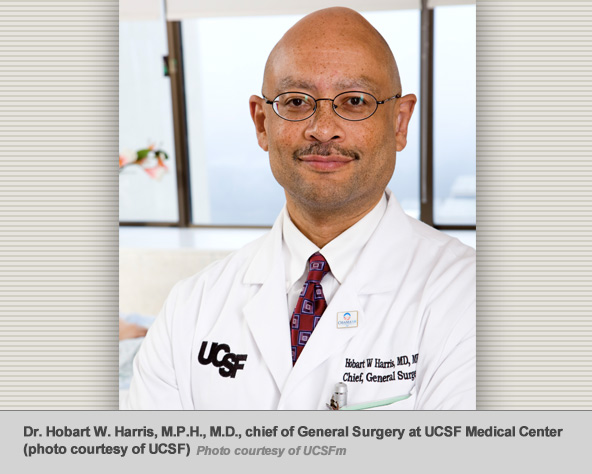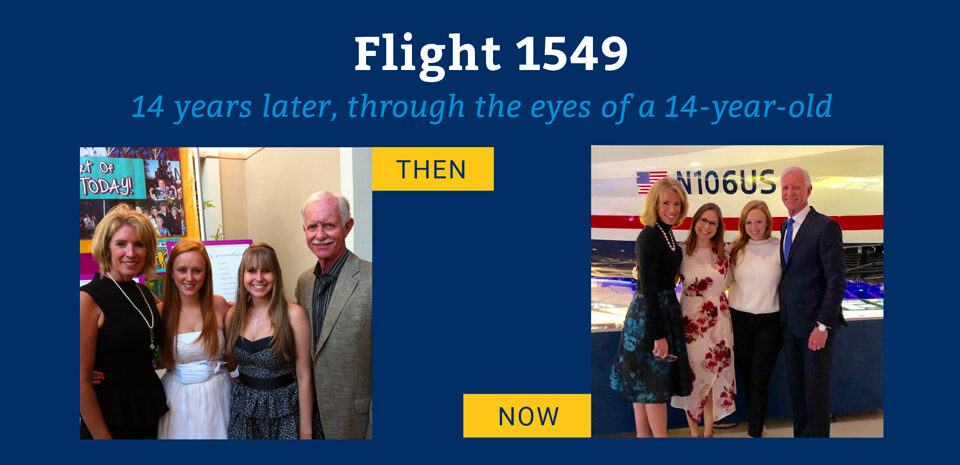A Pilot’s Reflection on a Doctor’s Work

A Tired Pilot Is a Tired Pilot, Regardless of the Plane
October 6, 2013
Chesley B. “Sully” Sullenberger appearance on CBS “The Doctors”
November 6, 2013In the years since I have begun my work as a patient safety advocate, I’ve been struck by the similarities between medicine and aviation. While they may seem at first to be disparate professions, there are some striking parallels in the way the cockpit and operating room are managed. Both depend on a clear chain of command, on highly trained professionals, on complex systems requiring constant adjustment, on the need for precise and clear communication –and above all, teamwork. I saw all of this firsthand when I was recently invited by Dr. Hobart Harris, J. Englebert Dunphy Professor of Surgery and Chief, Division of General Surgery at UCSF, to observe him and his team perform a surgical procedure.
My visit was months in the making. I was required to get a complete physical, two tests for TB, inoculations, and to take a test on HIPAA, the U.S. law designed to provide privacy standards to protect patients. It was a rigorous process to protect the patient’s safety, identity, and privacy.
After accompanying Dr. Harris on morning rounds (starting at 5:25 am!), at 7:30 am I entered the surgical suite as the anesthesiologist and a first-year resident were preparing the patient. It soon became clear from the patient’s response to the anesthesia that adjustments would have to be made. As in aviation, there are parameters that cannot be exceeded and the anesthesiologist wanted to make sure the patient’s vital signs were within the safe zones. It took over two hours until they were satisfied everything was stable and in the proper range, so there would be no undue risk to the patient.
It was fascinating to watch, just as a check airman might be supervising a pilot new to a plane, the faculty anesthesiologist was supervising the first-year resident in an ongoing, continuous learning process. And, as in aviation, medicine has its own language, in which a single word can be loaded with meaning and there are lots of acronyms. It requires great judgment and precise communication to avoid ambiguity –and a possible bad outcome.
Surgery started at 9:55 am. Due to unforeseen difficulties, Dr. Harris and his team abandoned the laparoscope and went to Plan B, to use a scalpel and open procedure. To solve each problem as it arose, it was interesting to watch how the team applied judgment and discussed their choices, much as pilots do when they need to make adjustments, for instance when there is weather upon approaching the airport. Throughout the procedure, I saw many parallels in terms of leadership, teamwork, and communication. Within aviation and medicine, professionals have to work in systems that don’t tolerate ambiguity, require precision, constant communication, cross-checking and adjustments.
People often ask me after Flight 1549 whether it was hard to go back to work, or whether I was fearful. In fact, I was not. It was like coming home, like putting on a favorite pair of jeans. I don’t get into an airplane, I put it on. I’m good at what I do because in many ways the cockpit is simpler than the rest of the world. There is a well-honed paradigm; I can bring order to a situation, make an unexpected event a problem I can solve. I am more in control of the outcome.
My sense was that Dr. Harris seemed very at home in the OR environment. Without shouting orders, or being autocratic, he was in charge. There was an appropriate hierarchy and Dr. Harris had a command presence. It was clear to everyone on the team, he was the decision-maker and he communicated to every other member of the team. I felt a kinship to him in that way.
In terms of my patient safety work, my experience at UCSF really reaffirms for me how important human skills are, not just the technical skills. The skills that some deride as “soft” –communication, collaboration, coordination– have the potential to save more lives than clinical skills alone. It was a vital learning experience in my ongoing search to find parallels between the worlds of aviation and medicine that can lead to better patient safety outcomes and reduce avoidable harm.


